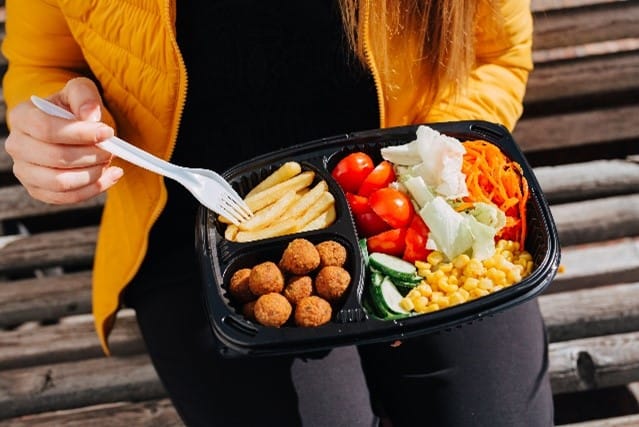
Just because you have a metabolic condition like phenylketonuria (PKU), maple syrup urine disease (MSUD), homocystinuria (HCU), or another inborn error of metabolism disorder doesn’t mean you can’t order restaurant food. Here are helpful tips for navigating common restaurant menus in the U.S. and Canada and finding low protein options that fit your diet.
Remember to always check a dish’s nutrient values and ingredients before ordering, as restaurants may vary in which ingredients they use. And always consult your metabolic healthcare team before making any changes to your diet or condition management.
For those with PKU, these menu tips are consolidated in our PKU Guides on Restaurants, available in English and Spanish on our Learning Center page. Print out and save for handy reference.
Scroll below to find out what types of foods common on restaurant menus may be appropriate for you to order.
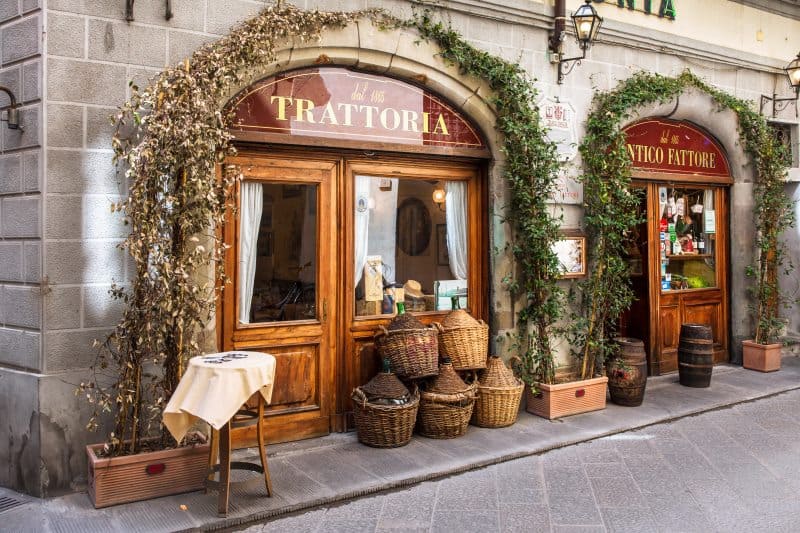
Ordering at an Italian Restaurant
Tomato and fresh herbs are frequently used ingredients in Italian cooking and provide the base for many dishes. If you are able to supply the kitchen with your own low protein pasta or pizza crust, this can be a good option for ordering from or dining at an Italian restaurant.
As another meal idea, check out our line of Loprofin low protein pastas that pair well with Italian sauces from your favorite Italian eatery.
Possible menu choices:
Low protein foods available at many Italian restaurants:
- Vegetable toppings
- Italian-style salads (IMPORTANT: make sure to avoid meat, cheese, or fish toppings)
- Tomato-based pasta sauces (see below for more!)
Guide to pasta sauces that may be suitable for those on a low protein diet:
- Marinara – Basic red sauce
- Puttanesca – Red sauce with black olives and capers (IMPORTANT: check that the Puttanesca sauce at your local restaurant does not contain fish like anchovies)
- Arrabbiata – Spicy red sauce with chili and garlic
- Basilico – Basic red sauce with basil
- Norma – Style of pasta that features eggplant and tomatoes; can be prepared with low protein pasta
- Primavera – Style of pasta with various vegetables; can be prepared with low protein pasta
Please check that the Italian restaurant you’re ordering from is not adding any high protein ingredients, such as meat or cheese, to your chosen sauce.
Did you know Nutricia North America’s Loprofin pasta range offers you 7 different pasta shapes to choose from? Try a shape or style of Loprofin pasta that’s new to you, and pair it with a pasta sauce above!

Ordering at a Mexican Restaurant
Mexican flavors can be an exciting way to add variety to your low protein diet. Typically, there are many vegetable-based options available for order at Mexican restaurants.
Possible menu choices:
Low protein foods at many Mexican restaurants:
- Vegetable fajitas (provide your own low protein tortillas)
- Sautéed peppers and onions over greens
- Salad topped with salsa
- Fresh vegetables with different salsas (IMPORTANT: avoid dairy-based salsa options)
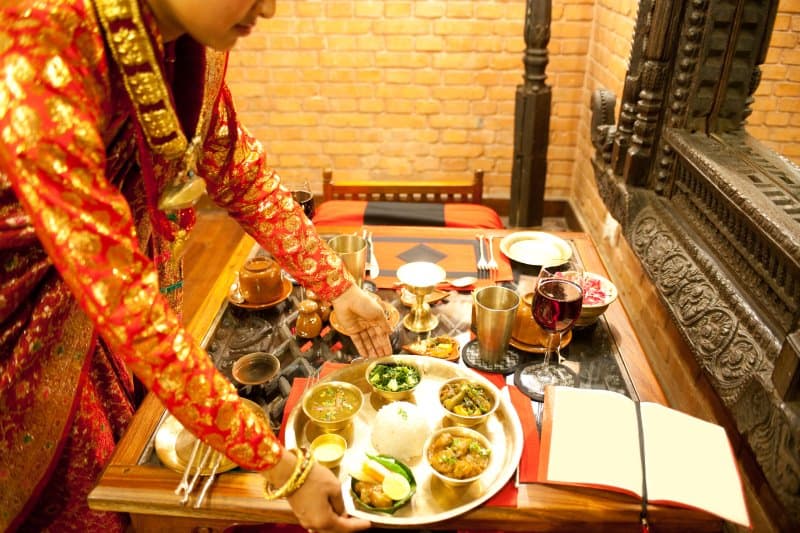
Ordering at an Indian Restaurant
Indian restaurants also have the potential of offering tasty options for those on a low protein diet. Most vegetable side dishes can be ordered as a main course.
Possible menu choices:
Low protein foods at many Indian restaurants:
- Mango chutney (can be served with low protein naan – see our recipe here!)
- Vegetable side dishes made from eggplant or okra (can serve with Loprofin Rice)
- Various curry-based dishes to pair with Loprofin Rice… see more below!
Below is a brief guide to the types of curry, a common main dish at Indian restaurants in the U.S. and Canada, which are made from ingredients free of protein or containing low amounts of protein. Some curries may contain nuts or coconut milk, and so it is essential to remember that each restaurant can vary in what it uses. Always ask the staff for a specific list of ingredients before ordering!
Guide to Curry Dishes:
- Jalfrezi (spicy, hot) – often made with onion, green chili, peppers, coriander
- Dopiaza (medium spice level) – with onion, pepper, tomato
- Bhuna (medium spice level with thick sauce) – with garlic, green pepper, tomato, onion
- Rogan josh (medium spice level) – with tomato, chili, garlic (Avoid ordering with meat, which is typically served with this type of curry)
- Madras (spicy, hot) – with lemon, chili, tomato, garlic
- Pathia (sweet and sour) – with tamarind, lime, chili
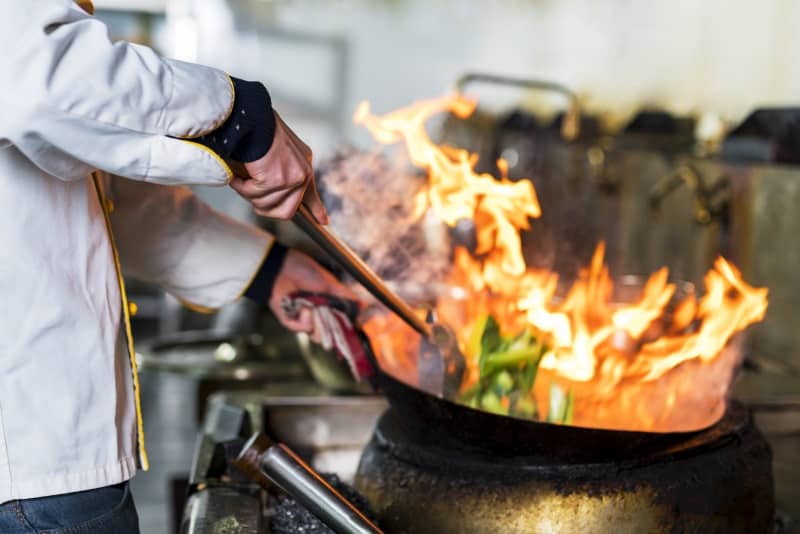
Ordering at a Chinese Restaurant
On Chinese restaurant menus, you can often find an entire section devoted to vegetable dishes. You can make your own low protein rice at home, such as Loprofin Rice, and eat along with a low protein vegetable dish ordered as take-away.
Possible menu choices:
Low protein foods at many Chinese restaurants:
- Stir-fried vegetables including water chestnuts, cabbage, broccoli, spring onions, seaweed* and beansprouts*
- Lychees
*Do not eat more than one serving of these foods in a day, as a general rule.
NOTE: AVOID ANY ITEMS COOKED IN SOY SAUCE
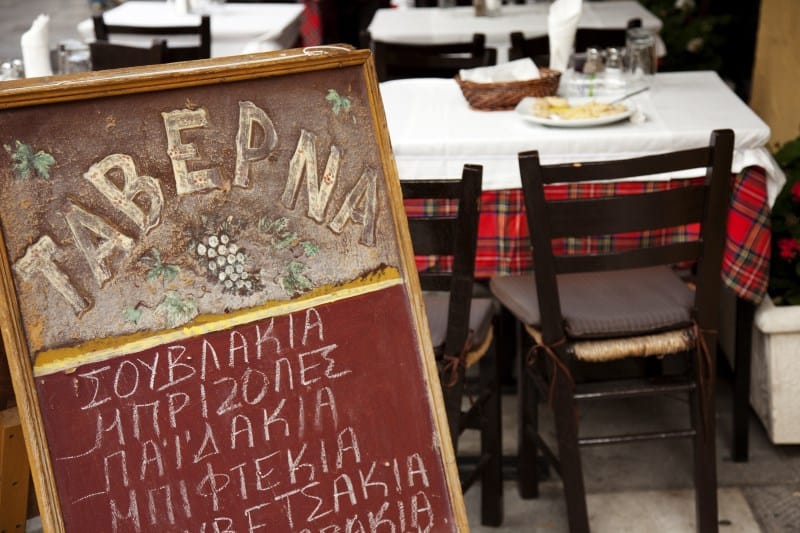
Ordering at a Greek Restaurant
Greek restaurants tend to serve meat, cheese, and bread options – however, there are also often multiple vegetable, salad, and low protein options with fresh Mediterranean flavor.
Possible menu choices:
Low protein or very low protein foods
- Greek salad (IMPORTANT: avoid options that contain feta cheese)
- Vegetables, e.g. vegetable kebab
- Olives
- Fasolakia Lathera, a Greek green bean & tomato dish
THE INFORMATION PRESENTED IN THIS POST IS A GUIDE ONLY: ALWAYS CHECK INGREDIENTS AND NUTRITION INFORMATOIN BEFORE ORDERING!
The information provided in this blog is for informational purposes only and is in no way intended to replace the advice, care, and medical supervision of your metabolic team. Always consult your metabolic healthcare professional team before making any changes to your diet or condition management.
© 2021 Nutricia North America
